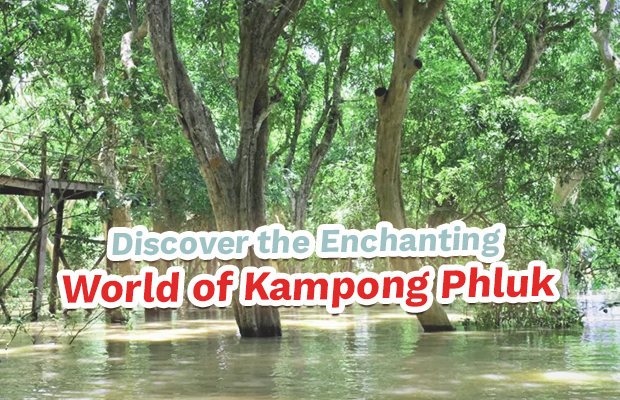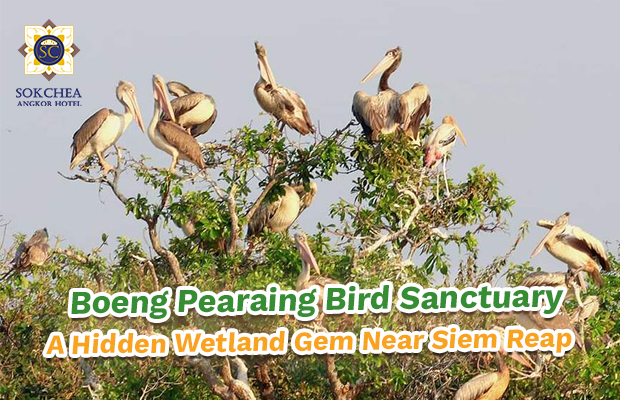Beng Mealea, located approximately 40 kilometers east of Angkor Wat, is a fascinating and relatively lesser-known temple within the Angkor Archaeological Park. The temple was constructed during the early 12th century by King Suryavarman II, the same monarch who commissioned Angkor Wat.
Beng Mealea is built in the same architectural style as Angkor Wat, reflecting the grandeur and intricacy of Khmer temple design. It is dedicated to the Hindu deity Vishnu and showcases a similar layout and decorative motifs as Angkor Wat, but with a unique and more rustic charm.
The temple complex is characterized by its large, sprawling layout, surrounded by a moat and enclosed by a series of galleries and pavilions. Its layout follows the traditional model of a central sanctuary surrounded by galleries and concentric enclosures. The central sanctuary is topped with a series of towers, representing Mount Meru, the center of the universe in Hindu cosmology.
Beng Mealea is renowned for its state of disrepair, which has contributed to its allure and mystery. Overgrown with jungle, the temple has been partially restored but still retains much of its original, untamed appearance. This creates a striking contrast with the more meticulously preserved temples of Angkor Wat and Angkor Thom.
Beng Mealea remained largely forgotten and was covered by dense jungle until it was rediscovered by explorers in the 19th century. The French archaeologist Henri Marchal conducted preliminary restoration work in the early 20th century, but significant restoration efforts began in the late 20th and early 21st centuries. Today, the temple is managed by the Cambodian government and is open to visitors, offering a glimpse into the ancient Khmer architectural achievements amidst the natural encroachment.
Cultural and Religious Importance:
Beng Mealea’s design and layout reflect the religious and cosmological beliefs of the Khmer Empire, emphasizing the divine order of the universe and the centrality of the temple in religious practice. Despite its partially ruined state, the temple remains a testament to the grandeur of Khmer architecture and the enduring legacy of the Angkor civilization.







